The Ground-type is one of the original 15 types introduced in Pokémon Red and Green. Back then, the type was used by very few Pokémon and was often overlooked. Yet now, with so many more Ground-type Pokémon and moves available for players to discover, it is one of the more common aspects of many players’ teams.
Many Pokémon players may remember their most difficult encounter with Ground-type Pokémon being a surprise meeting with the eight Gym leaders of the Kanto region. Others can attribute their struggles with Ground-types to Bertha of the Sinnoh Elite Four, where it may have been difficult to overcome her Hippowdon and Rhyperior.
Regardless of where players encounter Ground-type Pokémon, this specific type of Pokémon is capable of shaking their opponents to the core and ensuring that they can retaliate effectively. Luckily for players, Ground-types have a handful of weaknesses that you can exploit easily with how common it is to have Pokémon and moves of these types. Flying-type Pokémon are even completely immune to Ground-type attacks, which can come in handy, particularly in competitive battles.
But players need to be aware of their defensive and offensive prowess to take down Ground-types. Even those with glaring four-times weaknesses may not fall quickly. Here are all the weaknesses of the Ground-type in the Pokemon series.
Ground weakness: Grass
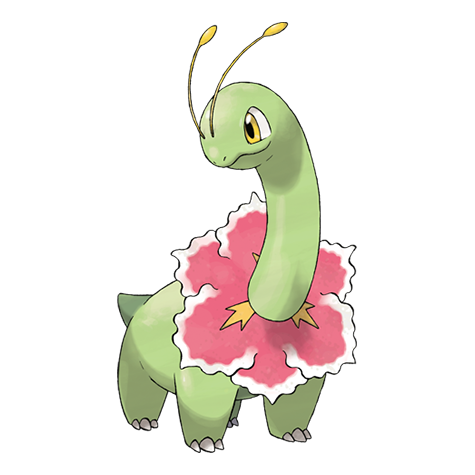
Players that opt for the Grass-type starter in their game of choice may find themselves using early-game caves full of Pokémon like Geodude and Drilbur to train. As one of the most common weaknesses of Ground-types, Grass-types enjoy pummeling these Pokémon with vines and leaves for their own benefit.
Grass-type Pokémon also have the innate ability to take not-very-effective damage from Ground-type moves. While most Ground-type Pokémon have access to other moves for type-coverage purposes, not being able to effectively dish out moves of the same type as themselves, which are powered up slightly, takes away from their potential in battle.
Early-game moves like Razor Leaf, Mega Drain, and Leaf Tornado are great for ensuring a player’s Grass-type Pokémon can earn levels from defeating Ground-types. More powerful moves like Leaf Storm, Solar Beam, and Leaf Blade do an even better job and synergize better with most Grass-type Pokémon and their stats.
Ground weakness: Water

Two of the three starter Pokémon types have a natural advantage over Ground-types, the second being Water-types. Whether Bubble from a Piplup or Water Gun from a Mudkip, nearly any Water-type attacks that starters have access to can run through Ground-types players face at the start of their adventures.
Unlike Grass-type Pokémon, Water-type Pokémon do not resist Ground-type moves but will take neutral damage from them. They are still an excellent option for dealing with this class of Pokémon, but players should be aware of the damage their Water-types may take in return.
As the Water-type is the most common type shared by Pokémon in the series, Water-type moves are also widely available to Water-and-non-Water-type Pokémon alike. Moves like Scald, Waterfall, and Surf can be learned by a wide variety of Pokémon, while exclusive moves like Hydro Cannon, Steam Eruption, and Fishious Rend are even more powerful.
Ground weakness: Ice
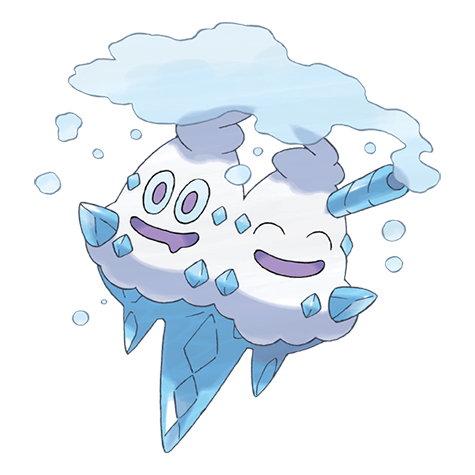
A rather obscure weakness of Ground-type Pokémon is the Ice type. This type, possessing the unique capability of freezing opponents in place and preventing them from attacking, is home to some of the most majestic, Specially Defensive Pokémon in the series.
Ice-type Pokémon availability is the biggest drawback to exploiting this weakness of Ground-types in a normal playthrough. Most games in the series have snowy areas full of Ice-type Pokémon, but they are restricted to the latter half of the game, sometimes even locked until players access the last few Gyms. Therefore players progressing through the game of their choosing should opt for Grass-or-Water-type Pokémon as the more accessible answers to Ground-types.
Yet, in competitive battles, Ice-type Pokémon and moves prevail over a large portion of meta creatures. Moves like Ice Beam, Blizzard, and Ice Fang can help to freeze opponents in place, while more defensive moves like Aurora Veil, Icy Wind, and Mist aim to limit the power of opposing Pokémon.
Like Water-type Pokémon, Ice-types do not resist Ground-types and will take neutral damage from Ground-type moves, even more so if that move is physical. Ice-type Pokémon are known to have a very low Defense stat, making it difficult to contend even with types that they, on paper, should do well against if they have access to physical moves.


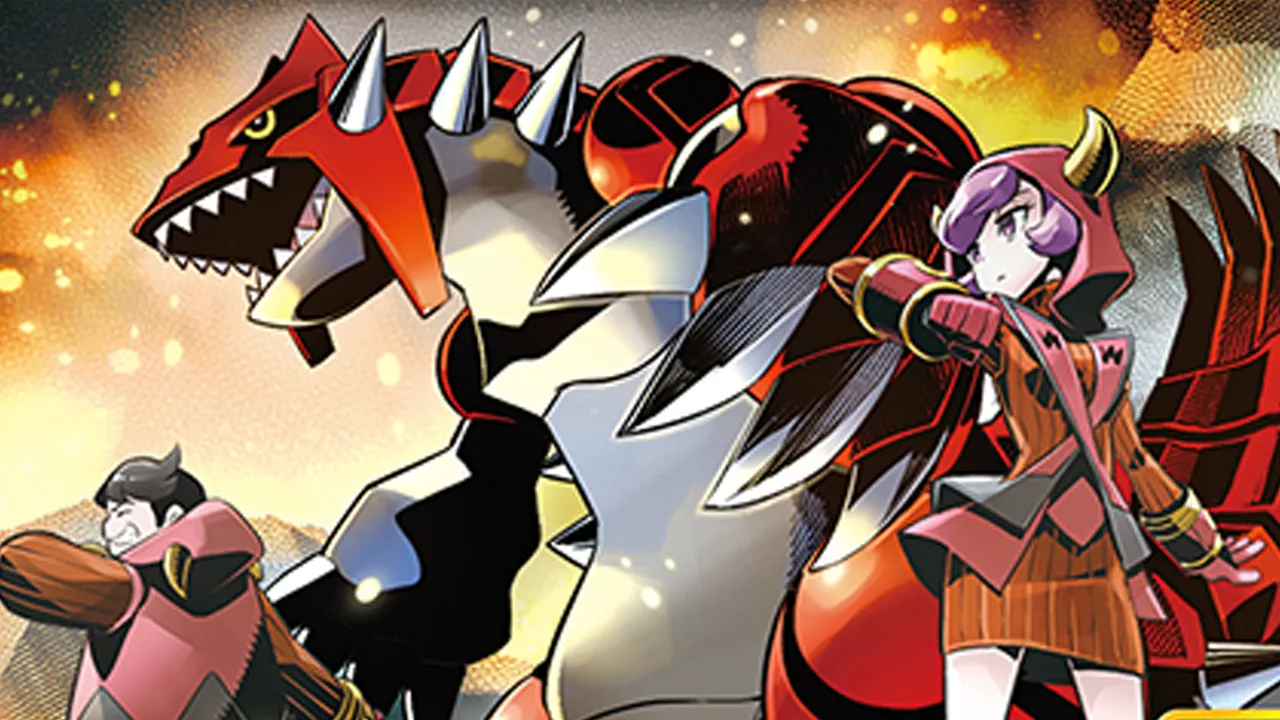
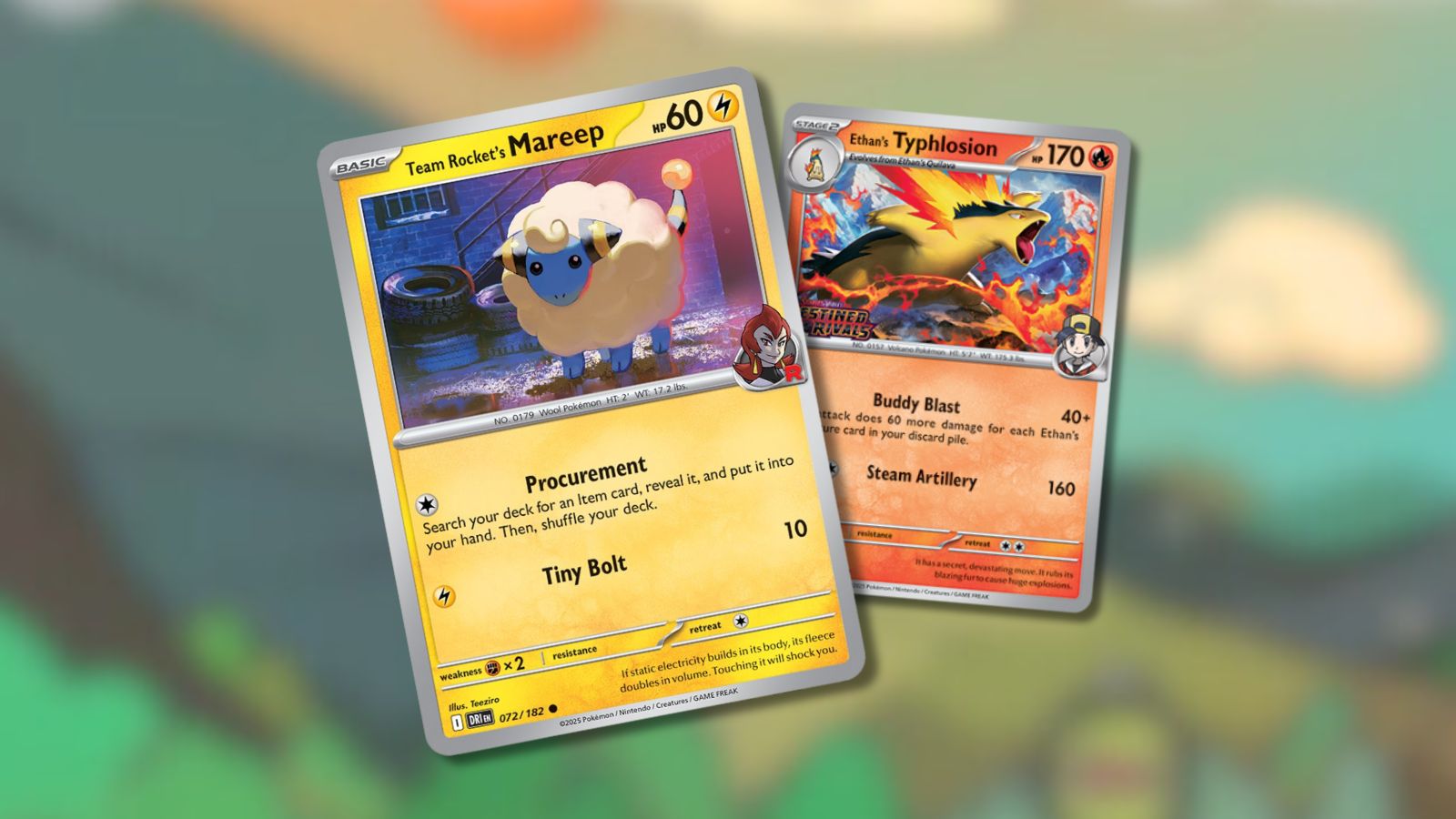
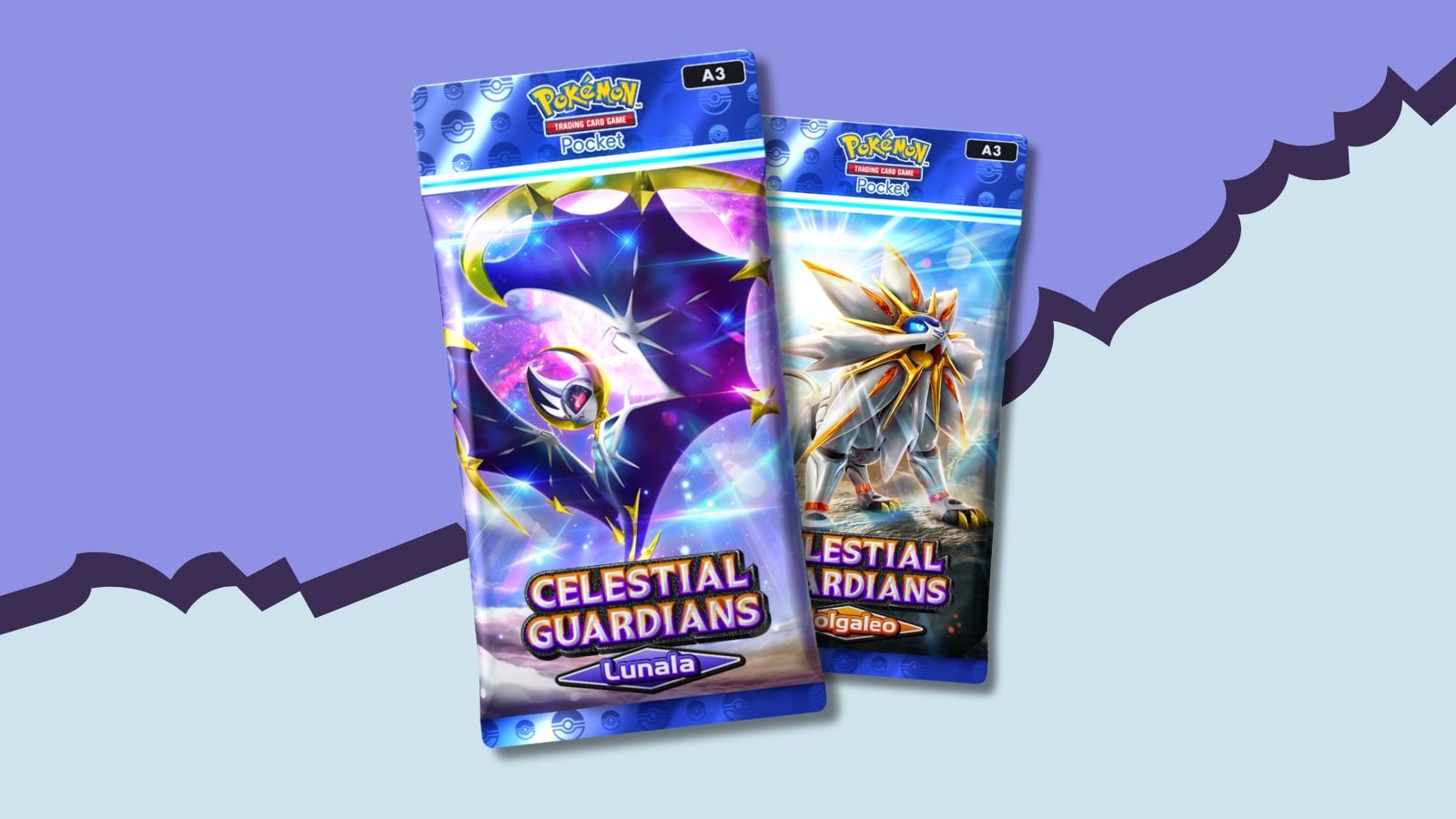
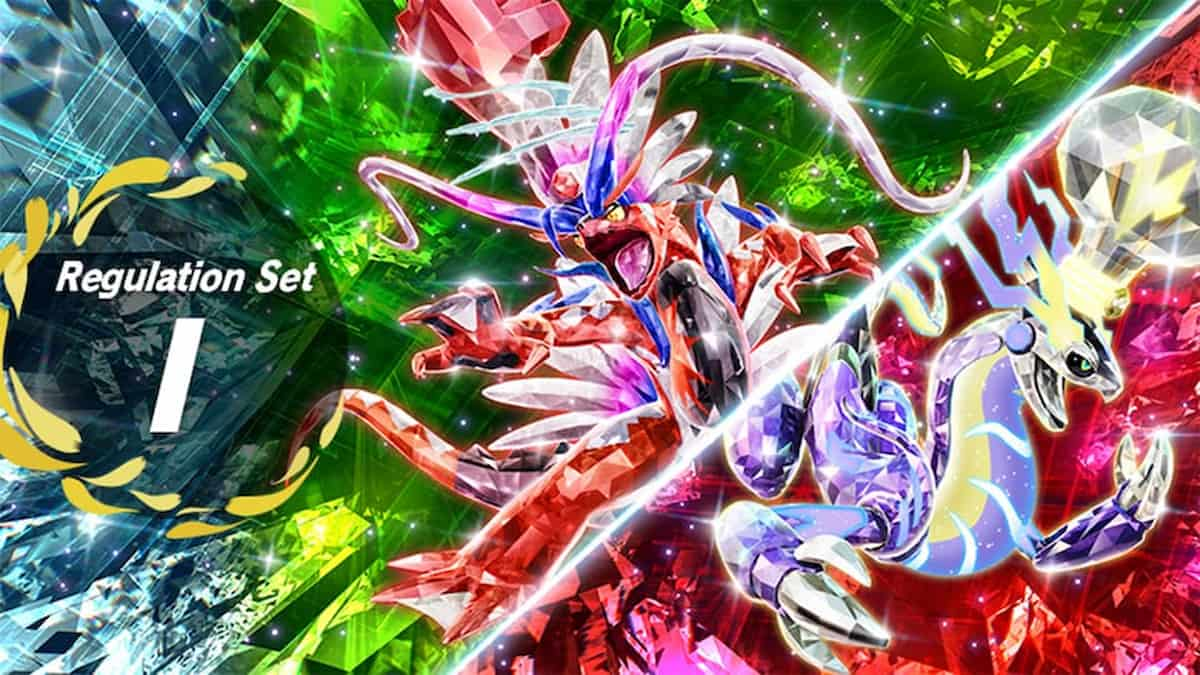


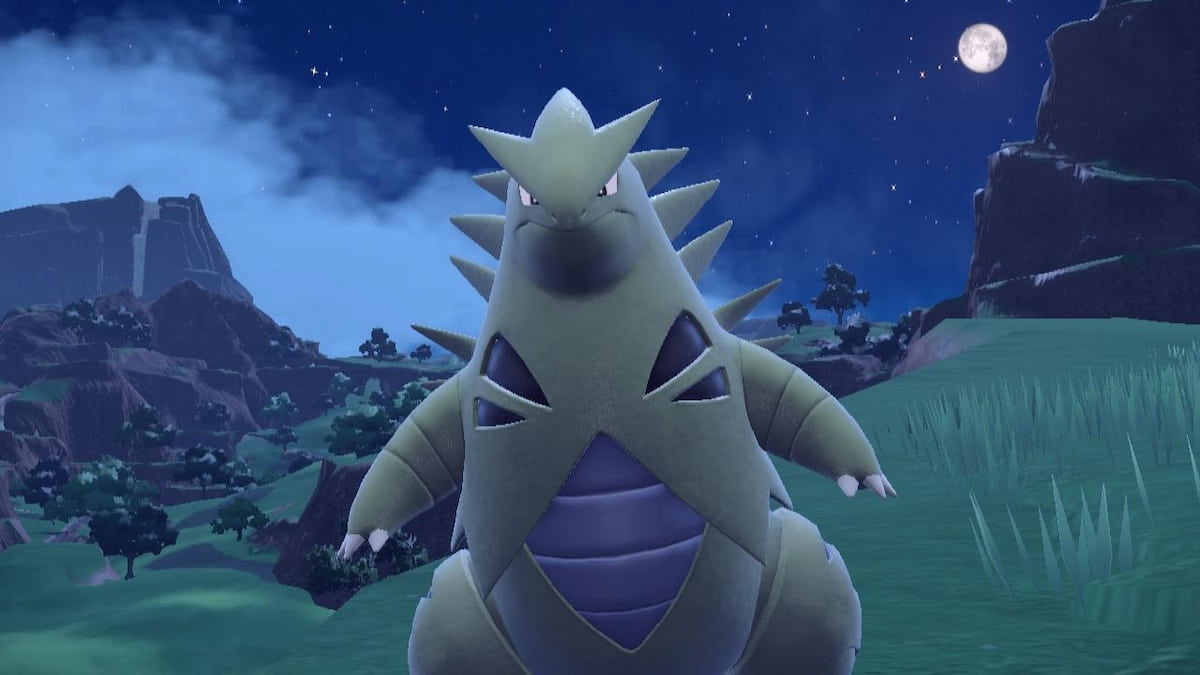

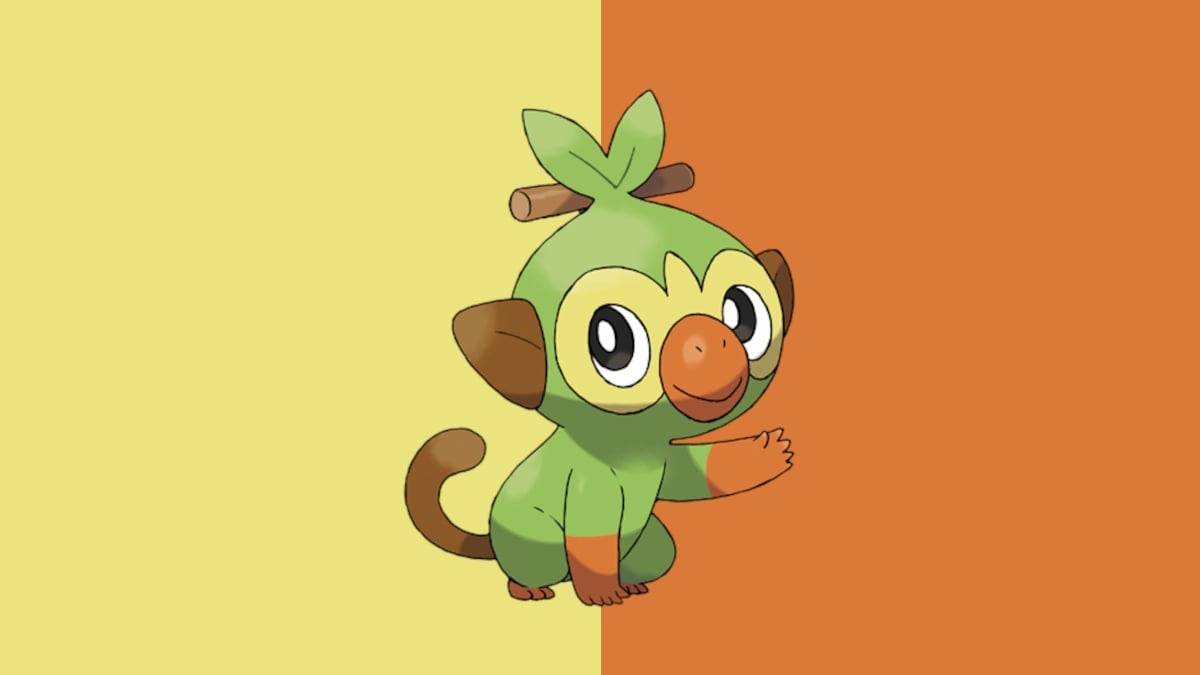

Published: Jul 10, 2022 03:56 pm